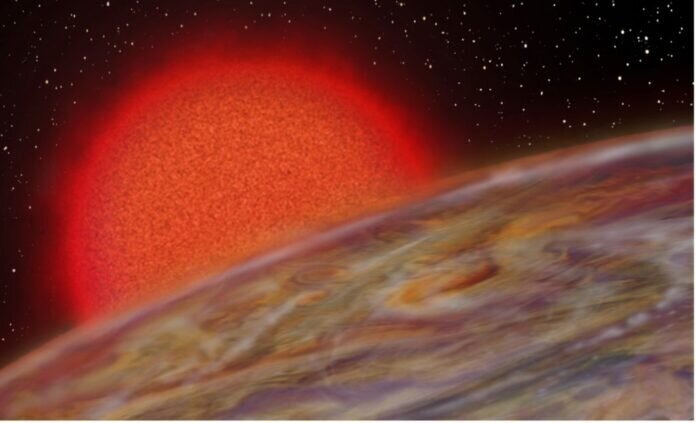The three newly discovered planets are orbiting dangerously close to the stars, nearing the end of their lives.
These three planets, first detected by nasa’s TESS (Transiting Exoplanet Observation Satellite) Mission among the thousands of planets outside the solar system, have some of the shortest-term orbits ever seen around small giant or giant stars. One of the planets, TOI-2337b, will be swallowed up by its parent star in less than 1 million years; That is, earlier than any other known planet today.

Lead author Samuel Grunblatt, a postdoctoral research fellow at the American National Museum of Natural History and the Flatiron Institute, said, “These discoveries add to a new frontier in exoplane studies. it is very important to understand how planetary systems evolve over time.” Grunblatt, who has a PhD from the University of Hawaii’s Institute of Astronomy (UH IfA), adds: “These observations open new windows to planets nearing the end of their lives before their parent stars swallow them.”
Grunblatt heard about the discovery and approval of planets (TOI-2337b, TOI-4329b and TOI-2669b) at a press conference of the American Astronomical Society two weeks ago, while the study was accepted for publication in The Astronomical Journal.
Researchers estimate that the planets are 0.5 to 1.7 times heavier than Jupiter, and their size is at least 1.6 times larger, albeit slightly smaller than Jupiter. The planets also have a wide density range, from plastic foam-like density to being three times denser than water. This suggests that the planets have a wide diversity of origins.
These three planets are thought to be just the tip of the iceberg. “Together with TESS, we hope to find tens to hundreds of these evolved transiting planetary systems,” says Nick Saunders, a graduate student at UH IfA and co-author of the study. “The discoveries will provide new details on how planets interact with each other, swell, and move around stars, including our Sun.”
The planets were first discovered in full-frame image data obtained by NASA’s TESS Mission between 2018 and 2019. Grunblatt and his co-authors confirmed the existence of these three planets using the W.M. Keck Observatory’s High-Resolution Echelle Typhoon (HIRES) on Hawaii’s Maunakea mountain after identifying the island planets in data from TESS.
